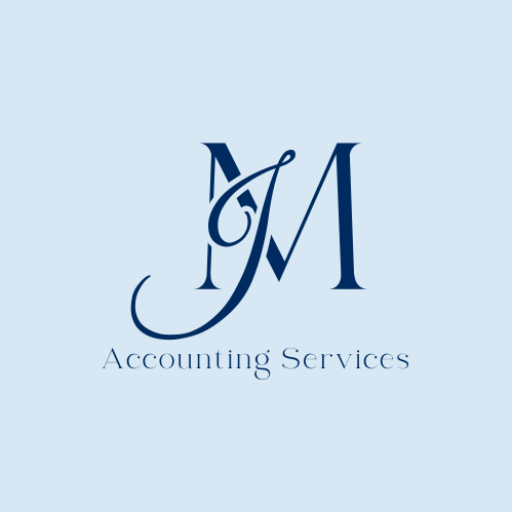Understanding and Minimizing Bad Debt in Your Accounts Receivable
Overview Bad debt is a critical concern for every business that extends credit to its customers. When customers fail to pay, companies face not only a direct financial loss but also operational strain. By following best practices in credit management, businesses can strengthen financial health and reduce the frequency of losses. What Is Bad Debt … Read more
